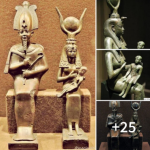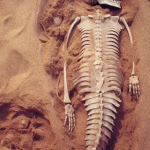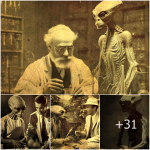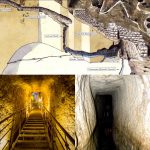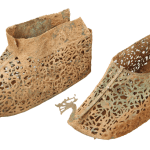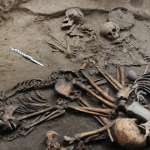Guardian Dino Nursery Unearthed: Fossil Bed Reveals Psittacosaurus Family Gathering

In the heart of northeastern China, within the layers of the Yixian formation, lies a remarkable slab of Cretaceous rock that has unveiled a scene frozen in time—a glimpse into the nurturing care of ancient dinosaurs. This extraordinary find contains the remains of thirty juvenile Psittacosaurus lujiatunensis, accompanied by the fossilized remains of an older individual, potentially acting as a caregiver to the young ones.
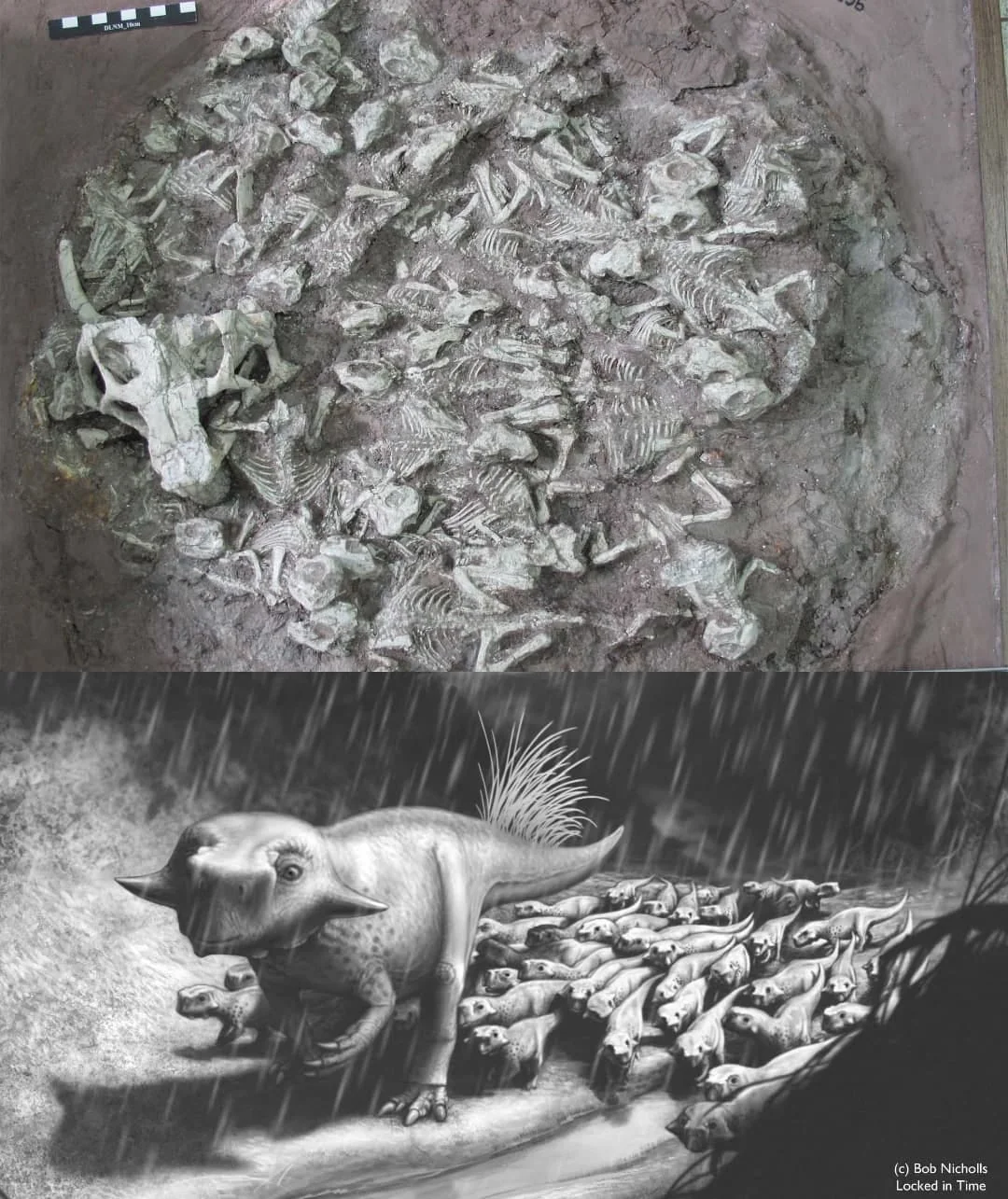
The Psittacosaurus, a herbivorous species known for its distinctive beak and intricate frills, thrived during the Cretaceous period, and this discovery sheds light on their social dynamics and parental behaviors. The fossilized gathering of these young dinosaurs presents an unparalleled opportunity for paleontologists to delve into the intricate details of their lives millions of years ago.
What makes this discovery particularly intriguing is the manner in which these fossils were preserved. It appears that the dinosaurs met their fate abruptly, as they were engulfed by a cascade of material flowing from an erupting volcano. The lack of heat damage on the fossilized bones suggests that the flow was not molten lava but rather a slurry of water, rock, and other debris—a fortunate circumstance that enabled the remarkable preservation of this prehistoric scene.
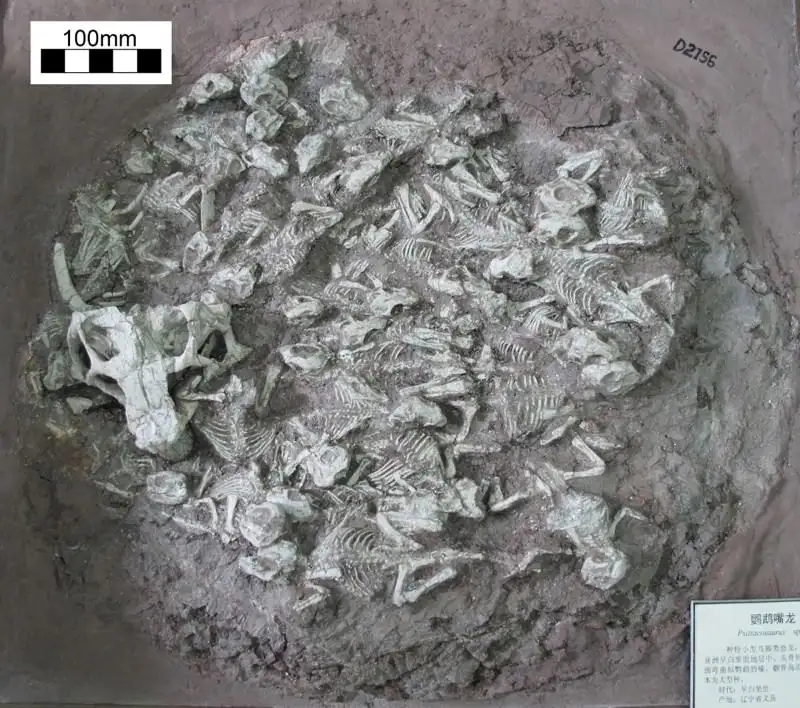
As researchers meticulously examine the fossilized remains, they are beginning to unravel the mysteries surrounding this ancient nursery. The size of the skulls provides clues about the age of the dinosaurs, with the older individual estimated to be around four to five years old. This suggests a potential hierarchical structure within the Psittacosaurus community, with older individuals assuming caretaking roles for the younger ones—a behavior reminiscent of modern-day parental care among certain animal species.
Moreover, the discovery offers valuable insights into the environmental conditions of the Cretaceous period and the geological events that shaped the landscape of ancient China. By piecing together the puzzle of the past, scientists can gain a deeper understanding of Earth’s history and the evolution of life on our planet.
As this prehistoric nursery continues to captivate the scientific community and the public alike, it serves as a testament to the enduring fascination with dinosaurs and the endless discoveries that await us beneath the Earth’s surface. Through the meticulous study of these fossilized remnants, we unravel the threads of time, painting a vivid picture of life in a bygone era—a testament to the resilience and wonder of life in all its forms, both past and present.


